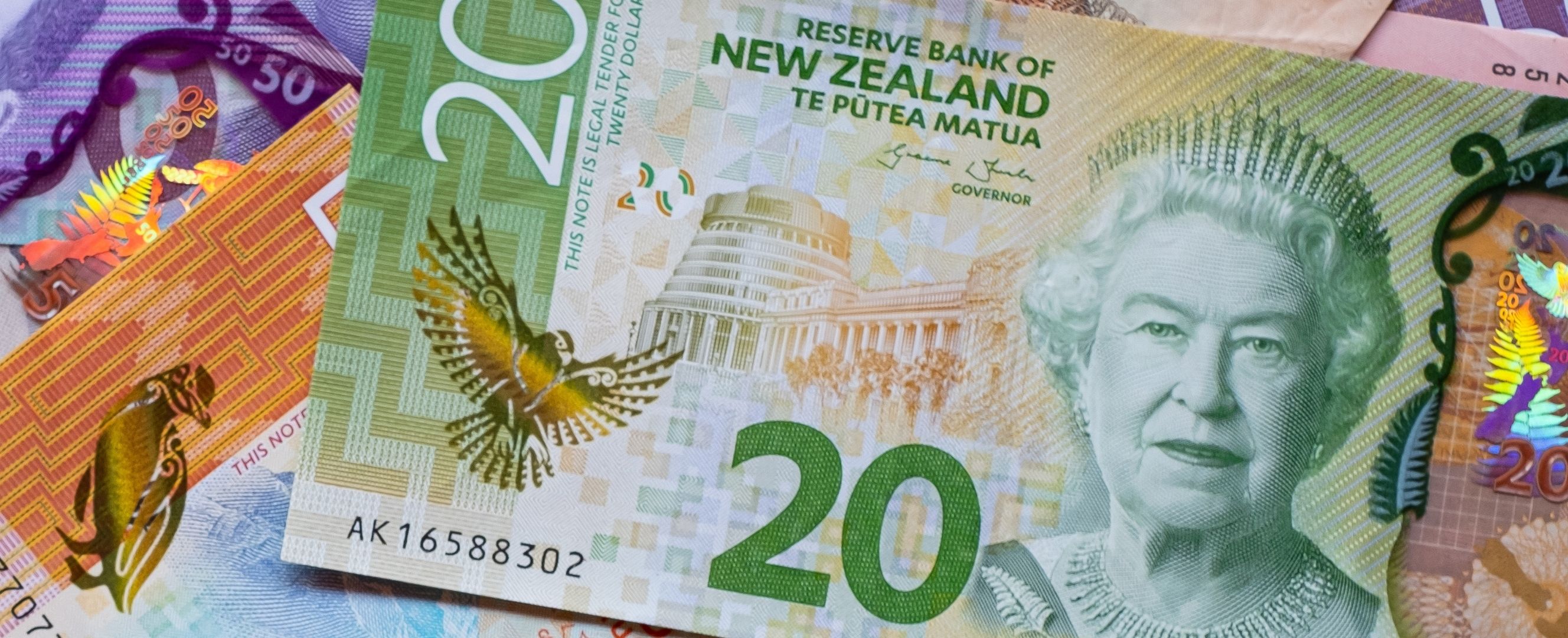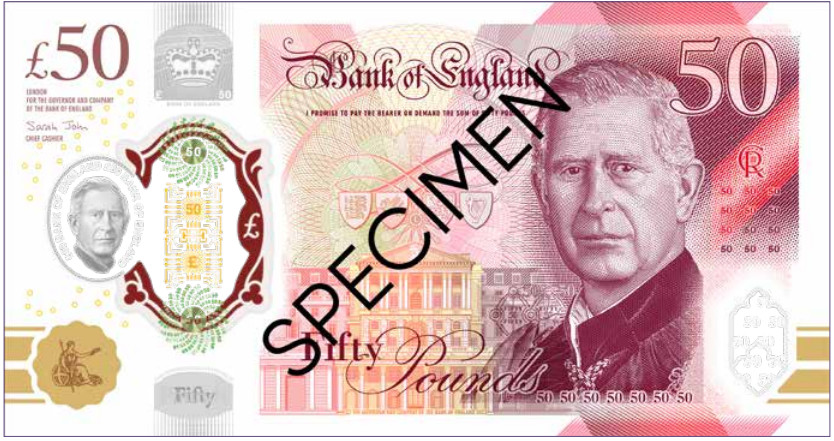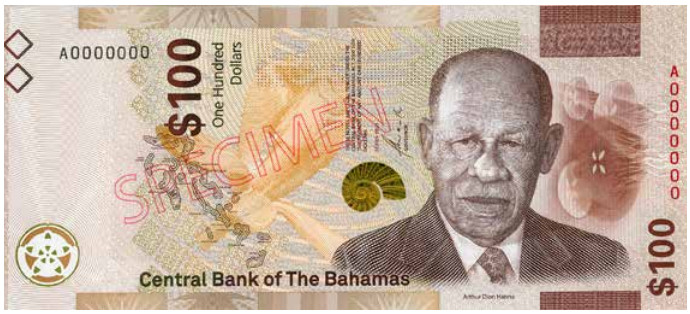Many Commonwealth countries are reconsidering whom to feature on their banknotes
On paper at least, change is afoot. In the Commonwealth realms, a group of 14 former British colonies and the United Kingdom, where King Charles III is the monarch, Queen Elizabeth II’s 2022 passing has ignited a debate: whether or not to feature the new monarch on its currency notes.
The queen’s longevity and popularity may explain why this moment, in a few of these countries, was a long time in the making. “The queen’s passing was a jolt that changed the course of history and international relations,” said Harcourt Fuller, associate professor of history at Georgia State University, a numismatic scholar, and founder of the Black Money Exhibit.
In the United Kingdom, new banknotes featuring the king’s image will enter circulation in 2024, alongside existing notes bearing Queen Elizabeth’s likeness. “For lots of people, they’ve always had the image of the monarch on the banknote,” said the Bank of England’s chief cashier, Sarah John. King Charles III will be the second monarch to be featured on the UK currency, after Queen Elizabeth, who made her first appearance on a note in 1960.
In the United Kingdom, new banknotes featuring King Charles III will enter into circulation in 2024.
“People see that as part of our British culture,” she added. But elsewhere in the Commonwealth, it is time for a reckoning with a difficult colonial past, assertion of an independent identity, and popular movements to honor national icons.
In Australia, the queen, whose image has been featured on the country’s banknotes since her 1953 coronation, will be replaced on the five-dollar bill with a new design honoring the nation’s indigenous heritage and culture. “The Reserve Bank of Australia is now embarking on a process of consultation with First Australians on the new design,” Philip Lowe, the country’s central bank governor, told a parliamentary committee earlier this year. Even though it will take at least a few years to design and circulate the new note, it marks a shift in its ties with the British monarchy.
In neighboring New Zealand, the central bank has reported that it will be “several years” before the new monarch replaces the queen on NZ$ 20 notes—a sentiment echoed by the Bank of Canada regarding its currency.
Two years ago, Barbados, another Commonwealth nation, cut the last of its ties with the monarchy—having replaced the queen much earlier on its banknotes—and elected a Barbadian as the head of state.
In The Bahamas, the central bank released a new B$ 100 bill a year before the queen’s death, replacing her image with one of the country’s founding fathers who fought for the country’s independence, former Deputy Prime Minister Arthur Dion Hanna. Today, the queen’s likeness remains only on the half-dollar and three-dollar notes, with no immediate plans to replace hers with the image of the new monarch. “I am proud that we have now moved to a point where we can showcase our national heroes,” said Nassau-based legal consultant Linda Virgill.
The Central Bank of the Bahamas released a new B$ 100 bill in 2021, featuring former Deputy Prime Minister Arthur Dion Hanna. (Photo: COURTESY OF THE CENTRAL BANK OF THE BAHAMAS)
This desire to break from the past is also a part of the larger movement in these countries to forge an independent identity by reflecting on a turbulent history with colonialism, slavery, and racism. Recent events in the United States, such as the death of George Floyd, a Black man, in police custody in 2020 resonated globally—especially in countries with marginalized groups. “It allowed them to reassess and to say that we have to take that next great leap forward in terms of social justice and equality. Currency is one of those leaps,” said Fuller.
Another Commonwealth member, Jamaica, removed the monarch from its currency in 1969 and is now planning a referendum to determine whether to elect their head of state. Queen Elizabeth also features prominently on the Eastern Caribbean dollars shared by eight nations. But a similar rethink is underway. “There are people who feel it’s time to move in a different direction. Rather than continuing with the British sovereign, we should be looking at using our own landmarks and our own heroes,” said a press statement from the Eastern Caribbean Central Bank last year.
Even as digital wallets and QR codes become the new norm, physical money may still reign in much of the world. “I always think of banknotes as the heart of our national identity,” said John. This struggle with reclaiming national identity is being felt across the realm. Ultimately, the person whose image is on the money matters—it’s a symbol and a chance to be immortalized, said Fuller. “Symbols, sometimes, are more powerful than the actual substance they represent.”
Opinions expressed in articles and other materials are those of the authors; they do not necessarily reflect IMF policy.











